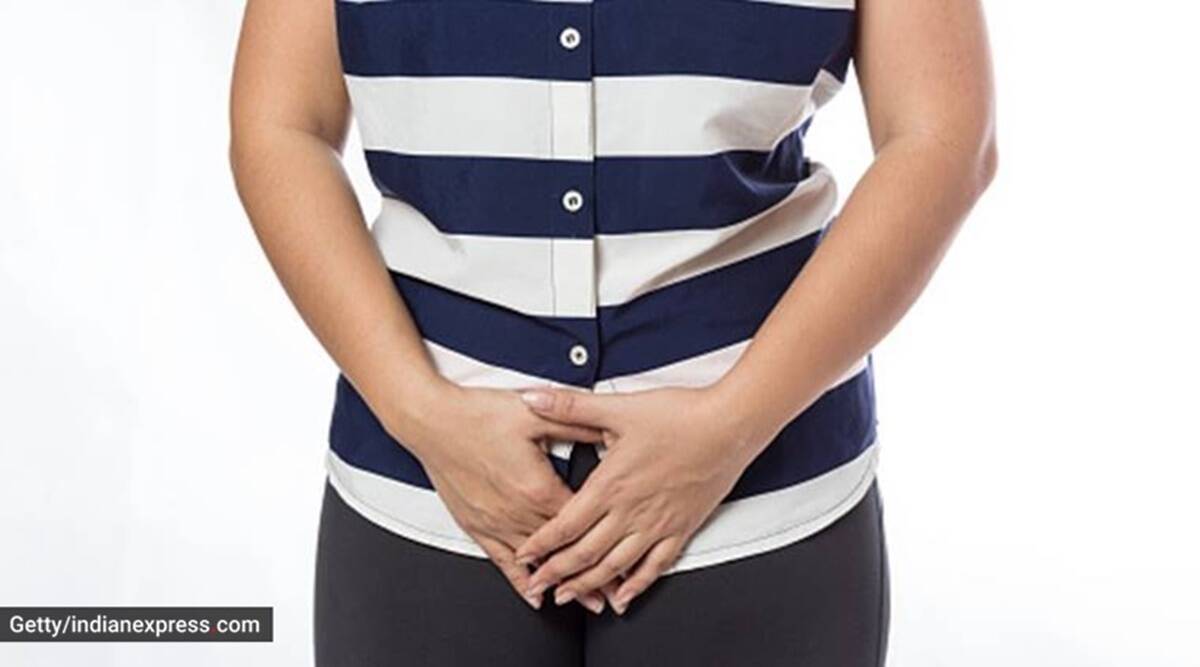When people think of diabetes symptoms, the most commonly mentioned ones include frequent urination, excessive thirst, and unexplained weight loss. However, one lesser-discussed but important sign is genital itching, often caused by yeast infections.
According to Kanikka Malhotra, Consultant Dietician and Diabetes Educator, genital itching can be an early warning sign of diabetes, especially type 2 diabetes. Understanding the connection between blood sugar levels and yeast infections can help individuals seek timely diagnosis and treatment.
Why does diabetes cause genital itching?
The connection between diabetes and genital itching lies in high blood sugar levels, which create an ideal environment for yeast (Candida) to thrive.
“Yeast thrives on sugar; thus, increased glucose in blood, urine, and secretions promotes its proliferation in the genital area,” explains Malhotra.
Here’s how it happens:
- Elevated Blood Sugar: Diabetes leads to excess sugar in the bloodstream, which also spills over into bodily secretions like sweat, urine, and vaginal fluids.
- Weakened Immune System: High glucose levels weaken the immune system, making it harder for the body to fight infections.
- Moist Environment: The warm and moist genital area is already prone to yeast growth, and excess glucose further fuels its overgrowth, leading to itching, irritation, and discomfort.
 Yeast thrives on sugar; thus, increased glucose in blood, urine, and secretions promotes its proliferation in the genital area (Source: Getty Images/Thinkstock)
Yeast thrives on sugar; thus, increased glucose in blood, urine, and secretions promotes its proliferation in the genital area (Source: Getty Images/Thinkstock)
When should you be concerned?
Occasional genital itching is common and can be caused by hygiene products, allergies, or friction. However, Malhotra said persistent itching and other symptoms could indicate an underlying health issue like diabetes.
These are the signs:
- Persistent genital itching or burning
- Thick, white vaginal discharge (for women)
- Redness and irritation around the genital area
- Burning sensation during urination
- Recurring yeast infections despite treatment
- Additional diabetes symptoms like frequent urination, excessive thirst, or unexplained weight loss
If you experience these symptoms together, getting tested for diabetes is crucial.
How to manage and prevent diabetes-related yeast infections
According to Malhotra, the key to preventing and managing yeast infections linked to diabetes is blood sugar control.
Story continues below this ad
✔️ Maintain Blood Sugar Levels: Follow a diabetes-friendly diet, exercise regularly, and take prescribed medications.
✔️ Use Antifungal Treatments: Over-the-counter or prescription antifungal creams, oral medications, or suppositories can help clear the infection.
✔️ Practice Good Hygiene: Keep the genital area clean and dry, wear breathable cotton underwear, and avoid harsh soaps or scented products.
✔️ Limit Sugar Intake: A diet low in refined sugars and carbohydrates can help reduce yeast overgrowth.
✔️ Stay Hydrated: Drinking plenty of water helps flush out excess glucose.
Consulting a doctor for a proper diagnosis and treatment plan is essential. If yeast infections are frequent, a medical evaluation for diabetes should be considered.
DISCLAIMER: This article is based on information from the public domain and/or the experts we spoke to. Always consult your health practitioner before starting any routine.


